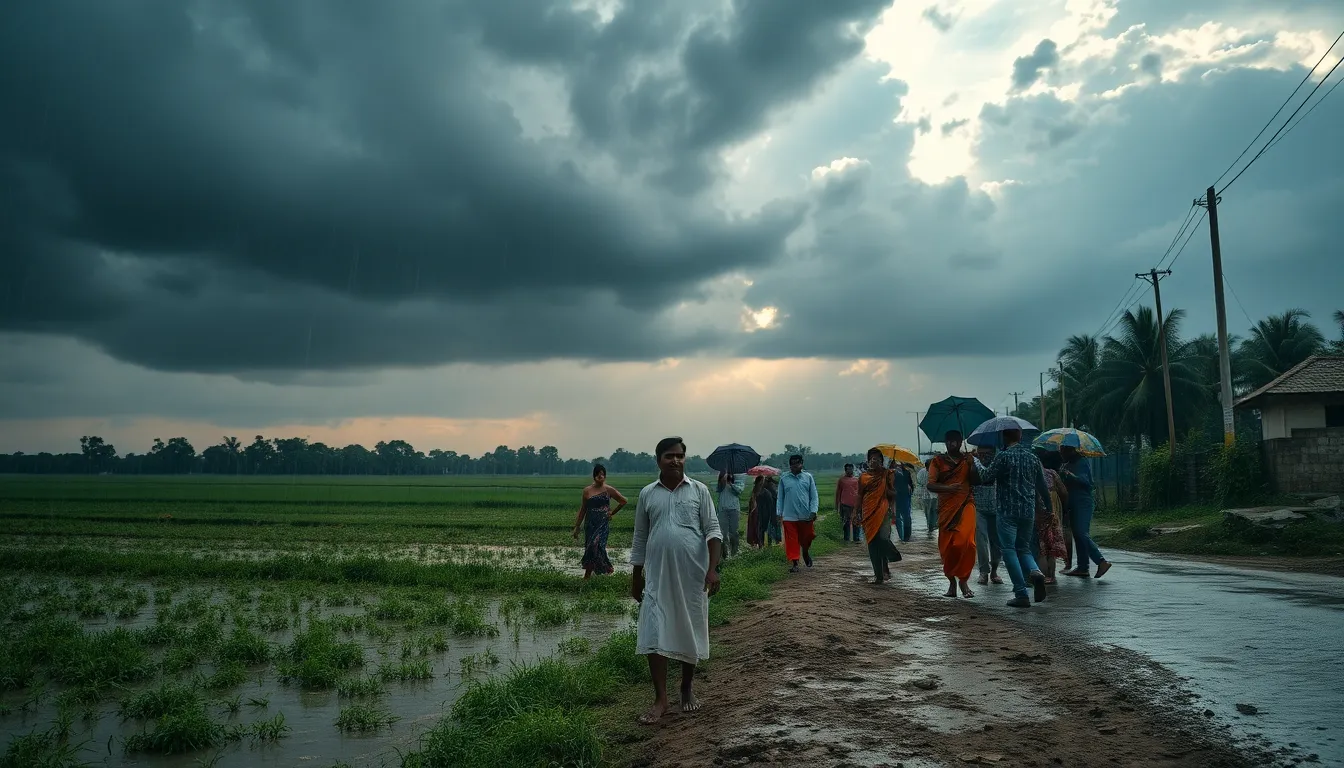On Thursday, heavy rains lashed several districts in the Saurashtra and South Gujarat regions, including Surat, Navsari, Valsad, Tapi, Junagadh, Gir Somnath, Porbandar, Devbhoomi Dwarka, and Morbi. The India Meteorological Department (IMD) reported that out of 170 affected talukas, Maliya Hatina in Junagadh received the highest rainfall at 135 mm by 8 PM. Mahuva in Surat followed with 121 mm, while other significant rainfall totals included Visavadar (118 mm), Khergam (108 mm), and Talala and Chikhli (102 mm each).
The rains were caused by a trough extending from the northeast Arabian Sea to the Bay of Bengal across South Gujarat and central India. As a result, the IMD issued an orange alert for several districts, valid until July 2. A yellow alert for heavy rainfall remains in effect across the state until the same date. Light thunderstorms, lightning, and winds of 30–40 km/h are expected along with moderate rainfall until June 30.
Looking ahead, heavy to very heavy rain is forecast for Friday in Banaskantha, Patan, Sabarkantha, Aravalli, Mahisagar, Navsari, Valsad, Rajkot, Junagadh, and Kutch. On Saturday, very heavy rain alerts have been issued for Banaskantha, Patan, Jamnagar, Morbi, Dwarka, and Kutch. Additional alerts are in place for June 29–30 for Navsari and Valsad, for July 1 for Dang, Navsari, Valsad, Tapi, and Dahod, and for July 2 for Mahisagar and Chhota Udepur.
The monsoon has been active in Gujarat for the past five days, with the state receiving 13% of its average rainfall so far, and Saurashtra region experiencing a 20% surplus. The Sardar Sarovar Dam, a crucial water source, is currently at 51% of its storage capacity. Local rivers have overflowed due to the intense rain, leading to high alert status for 15 dams and an alert for 10 others.
Residents in coastal areas have been warned to avoid venturing into the sea until the weather improves. The heavy rainfall has caused disruptions, but forecasts suggest a decrease in intensity on Friday morning. However, further rain is expected in the coming days, with the potential for localized flooding in low-lying areas.
In summary, Gujarat is currently facing heavy rainfall, and residents should stay informed about weather updates and alerts from the IMD. The monsoon season is expected to continue influencing weather patterns in the region for the next several days, with ongoing monitoring needed for safety and preparation against potential flooding.


Leave a Reply